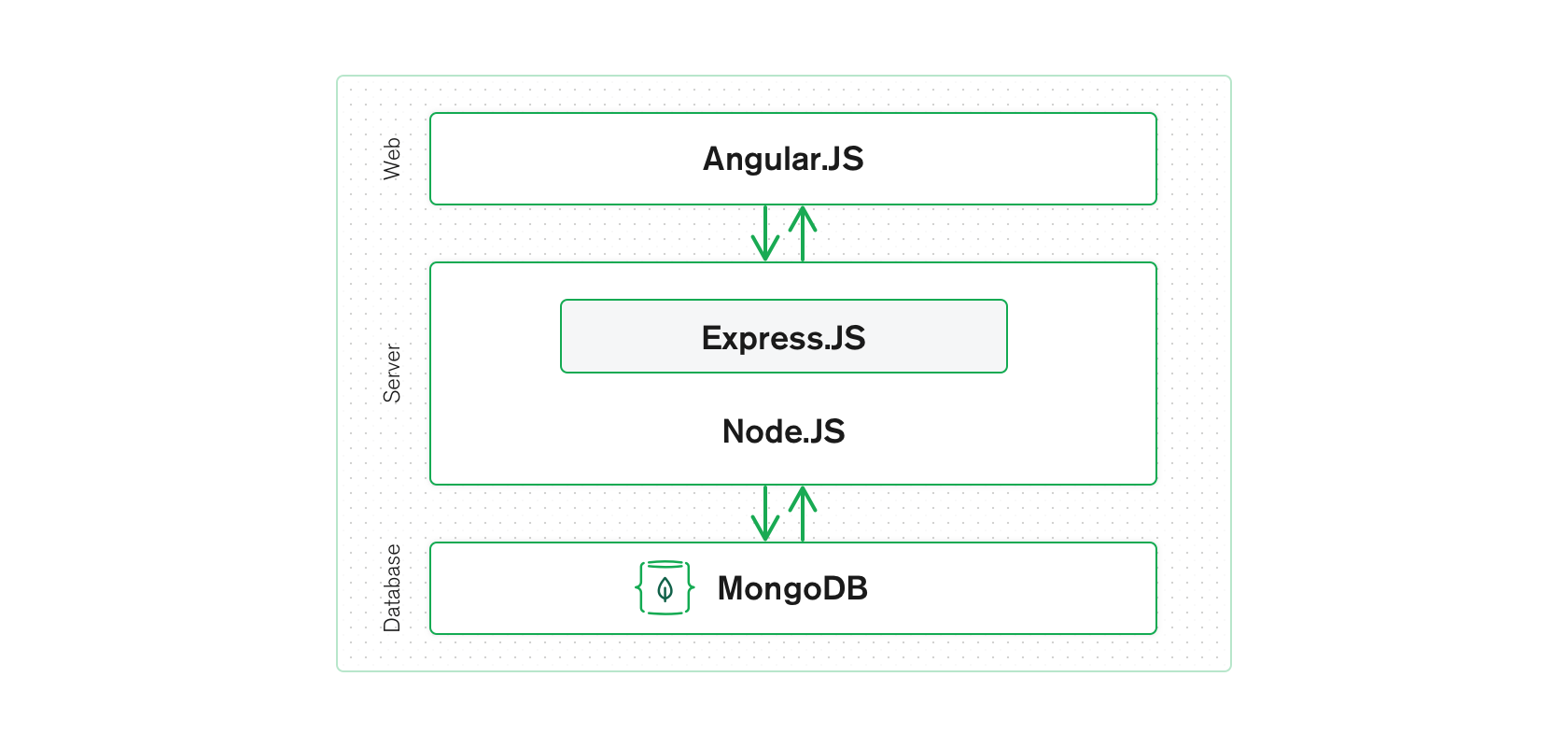


Some devs love it because it’s opinionated and provides a complete development framework. It was created by Google in 2016 and has a bit of a divisive reputation in the development community. Provides access to Node.JS features in the form of functions that can be used for fast application developmentĪngular is a JavaScript-based front-end framework for building intuitive user interfaces using reusable templates.It has a debugging mechanism that pinpoints the parts of the web application that have bugs.It comes with additional middleware that can manipulate requests and responses.

Offers an advanced routing mechanism that allows you to define the route of your application with the help of HTTP methods.In a nutshell, it provides excellent tooling for the development of single-page, multi-page, and hybrid applications. Thanks to its minimalist design, Express handles all application processes efficiently while eliminating the risk of redefining variables, and saving time and money. Its primary role in the stack is facilitating a smooth data transfer between the frontend and the database. Allows duplication of data over multiple serversĮxpress is a back-end framework based on Node.JS and, as such, it maintains the use of JavaScript between front and backend (one of the big reasons MEAN is popular).It comes with built-in sharding support, which helps breakdown large datasets.Offers horizontal scalability to support the increasing workload of modern applications.Check out our comprehensive guide on picking the right database. In this case, it’s better to use a relational DB. Note: MongoDB can be difficult to maintain when your data has a number of complex relationships. Since the data application and the database use JavaScript, it eliminates the need for translating files as they journey to and from the application and database. In the MEAN stack, MongoDB is used to store an application's data in the form of JSON files while also facilitating the transfer of data between the client side and the server side. It offers improved performance and scalability, making it ideal for some large applications. MongoDB is an open-source non-relational database for cloud applications. Here’s how the MEAN stack works based on its architecture: Besides, it offers developers access to numerous plugins and other tools that offer an efficient development process. The framework is based on the Model-View-Controller (MVC) architecture, making it an ideal choice for accelerated application development. MEAN stack is an open-source JavaScript-based framework for building web and hybrid mobile applications. The MEAN stack is made of four main components (M)ongoDB, (E)xpress JS, (A)ngular JS, and (N)ode JS. Here is an in-depth comparison of the two stacks to help you choose the right one for your business needs. That said, the ideal choice of tech stack to use in your business depends on several factors, including the complexity and timeline of your project. MEAN is more popular for enterprise-level architecture, while MERN is more popular for smaller applications. The main difference is that MEAN uses Angular as its front-end framework, while MERN uses React Js for its UI. MEAN and MERN stacks are popular technology stacks for web application development.


 0 kommentar(er)
0 kommentar(er)
